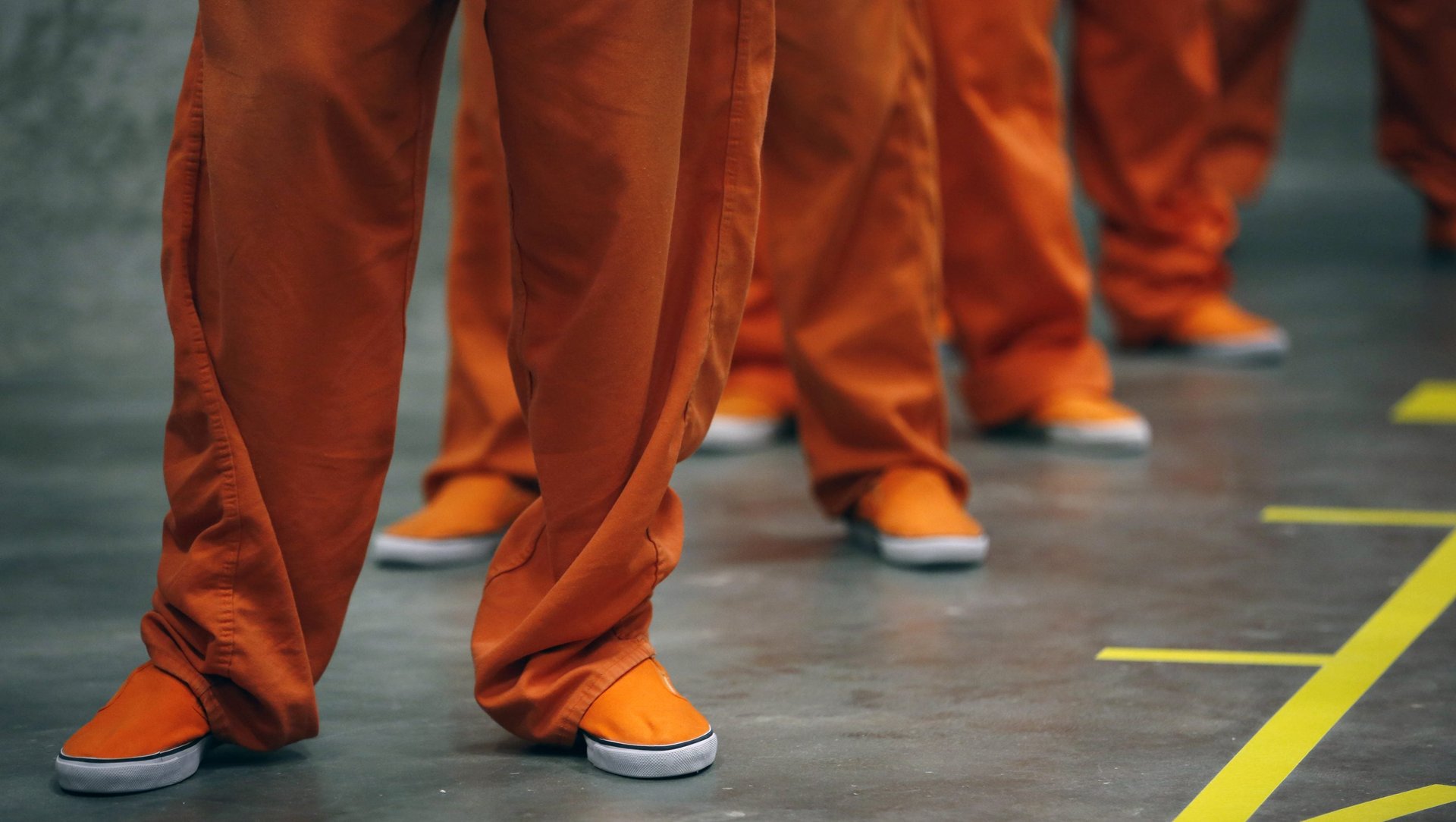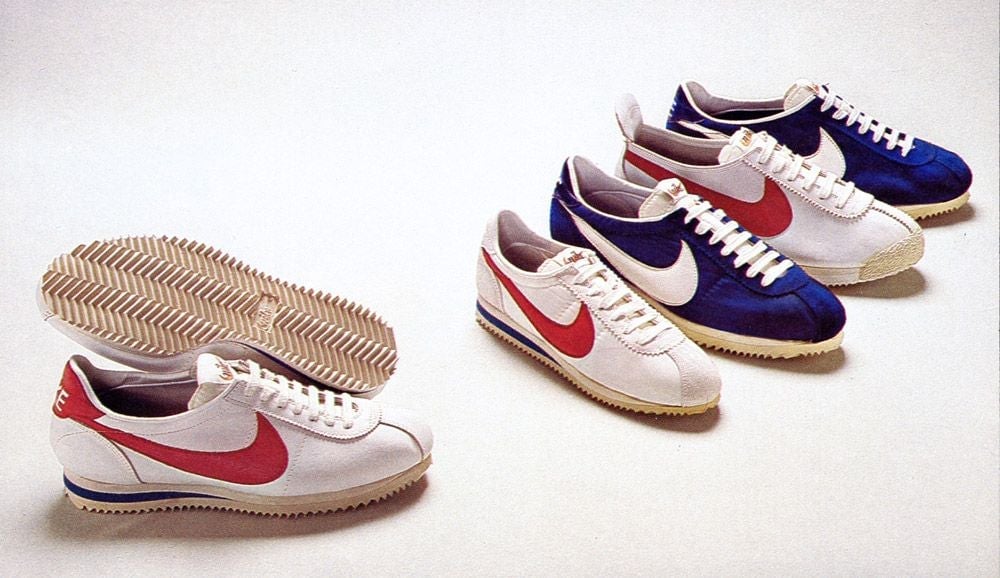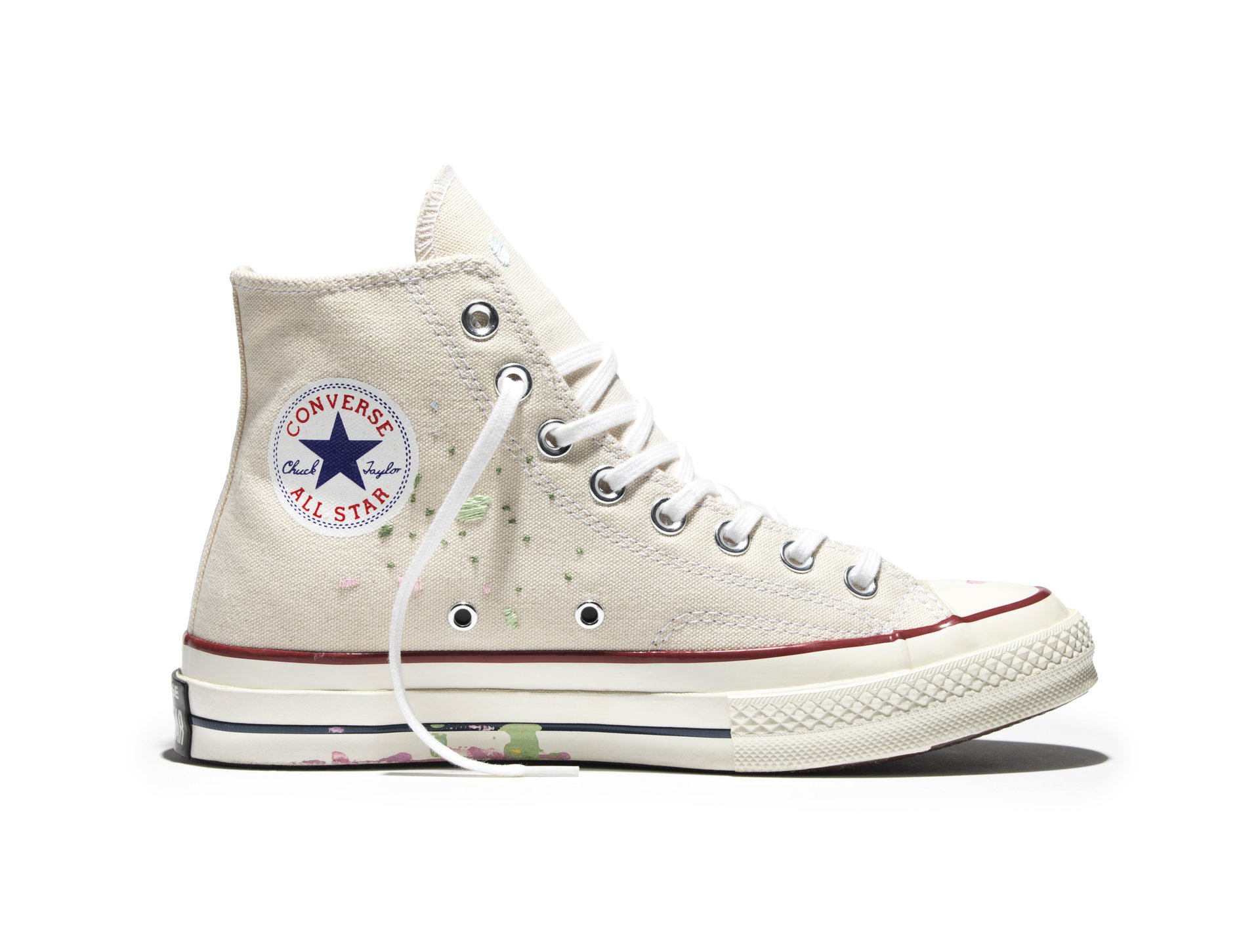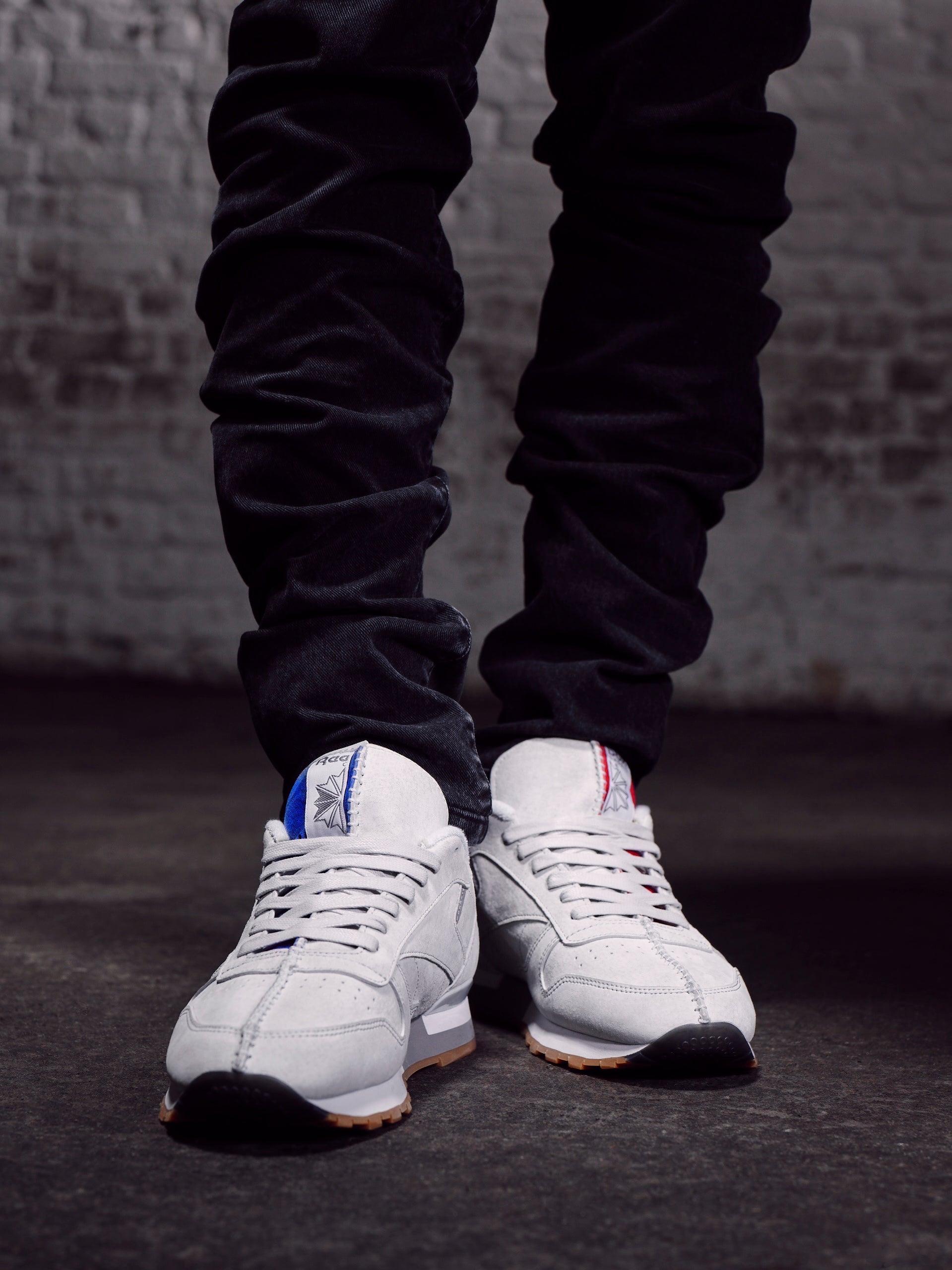Sneaker brands matter the most in jail
The Trump administration’s crackdown on international crime gang MS-13 has led to hundreds of arrests on New York’s Long Island, where the president himself gave a controversial speech encouraging harsh police tactics. According to advocates, immigrant students in the area have been caught up in the frenzy, getting suspended and detained on “weak allegations” of gang affiliation. WNYC, the local public-radio station, reported that one of the attributes that can get teens tagged as gang members are Nike Cortez sneakers.


The Trump administration’s crackdown on international crime gang MS-13 has led to hundreds of arrests on New York’s Long Island, where the president himself gave a controversial speech encouraging harsh police tactics. According to advocates, immigrant students in the area have been caught up in the frenzy, getting suspended and detained on “weak allegations” of gang affiliation. WNYC, the local public-radio station, reported that one of the attributes that can get teens tagged as gang members are Nike Cortez sneakers.
Shoe brands, like other elements of street clothing, have long been associated with gangs, so police pay close attention to suspects’ footwear—as do gangs themselves. In June, a group of gang members beat up two men in Maryland because they believed one of them was affiliated with a rival faction, thanks to his Cortez sneakers. Another man was shot in July for the same reason. In Central America, where gang violence has reached devastating levels, wearing the famous 1972 Nike model, Adidas Superstar or Puma shoes can get you killed.
The infamous history of the Nike Cortez

The Cortez has a long history of notorious ties. According to Ronald “Cook” Barrett, an Albany-based gang-prevention expert, MS-13’s adoption of the shoe as an “identifier” is part of the gang’s west coast origins. MS-13 started in 1980s Los Angeles, which saw an influx of Salvadorans fleeing their country’s civil war. The gang brought a form of protection in a landscape filled with criminal groups. A major influence for MS-13 was the local Mexican mafia, whose members sported Cortez’s and khaki pants, Barett says.
According to urban lore—which changes constantly, Barrett says—the Mexican gangs took on the Cortez as part of their uniform because of the chapter in Mexico’s history that inspired the sneaker’s name: the conquest of the Aztec empire by Hernan Cortés, the infamous Spanish conquistador.
The tricky world of sneakers behind bars
You probably won’t find Nike Cortez shoes behind bars in America. In most prisons, inmates are issued shoes that inmates frequently complain about as uncomfortable and unsafe. Sometimes, as Kenneth Foster, an inmate in Texas describes on Prison Writers, a website that publishes inmates’ work, the more fashion-conscious will “brand” their bland-looking kicks: “If you look just close enough on the [only available] Riddell or New Balance shoes, you might find Jordan, Nike or Fila logos neatly painted on them.”
In 2008, the New York City Department of Corrections (DOC) banned for a time personal shoes in its jails to reduce fighting over brand-name sneakers, instead issuing cheap slip-ons, so-called “Air Patakis” named for the former governor of the state. But fights over sneakers—known to be deadly in the outside world—don’t fully explain why the department bans only certain kinds of brand-name athletic shoes, and allows others.
Rikers Island, New York’s ill-famed jail, has very specific instructions on what kind of footwear

detainees can get from the outside to wear for court dates and family occasions (some detainees wear street clothes, depending on the level of security), according to the department’s website. The sneakers can’t be New Balance, Nike, Adidas, or the Converse All-Stars high tops known as “Chuck Taylors.”
“For generations, gangs have been using athletic gear, and caps, and logos to represent their factions or gangs,” says Barrett. “It’s used for intimidation and it’s used for recruitment.” Banning certain brands is a “a proactive way to suppress that and try to keep that from becoming an issue at a facility,” he says. In response to Quartz’s questions about the brand distinctions, DOC only said it was their policy to provide uniforms.
Of course, there’s nearly always a way to show where your loyalties belong, even when brand or team logos are inaccessible. At Rikers, it can be rolling up the left or right pant cuff or sleeve of your uniform, placing a bandanna in a certain pocket, pulling a belt loop to one side or the other.
Trying to pinpoint these identifiers is a “constant battle,” Barrett said.
The ever-changing world of gang identifiers
So how do certain shoes become identified with one gang or another? Gangs get quite creative, imbuing the brands with meaning. In the 1990s, many members of the Bloods gang wore Reeboks, which for them stood for “Respect Each and Every Blood, OK?” Adidas, on the other hand, was meant as an insult toward Bloods, who were referred to as “slobs:” “All Day I Disrespect Slobs,” whereas FILA shoes were the Folk Nation gang’s shoe of choice and “stood” for: “Folks In Love Always.”

Reebok, in collaboration with rapper Kendrick Lamar, actually tried to send a unifying message by putting out sneaker models that had both red and blue elements, the colors of the Bloods and Crips, America’s most notorious gangs.
Starting in the early 2000s, those colors and established identifiers would become less prevalent, Barrett says. Gang members wanted to avoid police scrutiny, and the flamboyant display of gang pride subsided. It became more subtle, with a subtle twist in the hair, or a strategically placed rubber band. In New York, he attributes this to a crackdown on gangs with federal racketeering laws that were designed to fight traditional organized crime.
Today, the gang landscape has changed, and generally, it may be hard for law enforcement to keep up. Gangs, no longer centralized enterprises, operate in much more diffused way, with a proliferation of small, “hybrid” groups. Members use social media to connect, and declare their allegiances. Identifiers remain, but they “change like the weather,” Barrett says. For instance, according to WUSA, the CBS affiliate in Washington DC, the area’s MS-13 members don’t wear Cortez sneakers anymore. Now their shoe is Adidas.